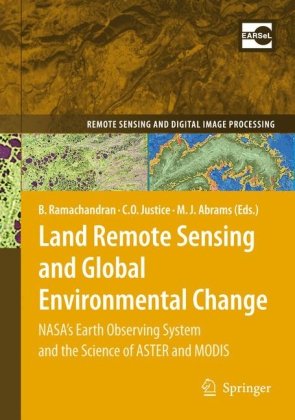

Most ebook files are in PDF format, so you can easily read them using various software such as Foxit Reader or directly on the Google Chrome browser.
Some ebook files are released by publishers in other formats such as .awz, .mobi, .epub, .fb2, etc. You may need to install specific software to read these formats on mobile/PC, such as Calibre.
Please read the tutorial at this link: https://ebookbell.com/faq
We offer FREE conversion to the popular formats you request; however, this may take some time. Therefore, right after payment, please email us, and we will try to provide the service as quickly as possible.
For some exceptional file formats or broken links (if any), please refrain from opening any disputes. Instead, email us first, and we will try to assist within a maximum of 6 hours.
EbookBell Team

4.3
88 reviewsGlobal environmental change remains a constant theme that resonates worldwide. The dynamics of the Earth system fosters complex spatio-temporal variations that highlight the significance of, and the need to monitor the Earth as a unified whole. Accurate, timely, and reliable data are a precursor to analyze and study several aspects of the integrated Earth system. Remote sensing observations have catalyzed several aspects of Earth system science by providing panoptic views and time-series measurements of the study environment in ways nearly impossible to replicate by traditional ground-based methods. NASA’s Earth Observing System’s (EOS) primary goal is to study and understand all interacting components of the Earth as a dynamic system. Land Remote Sensing and Global Environmental Change is an edited compendium that specifically focuses on the terrestrial components of change based on the scientific knowledge derived from data produced by two EOS instruments, ASTER and MODIS, which are part of the Terra and Aqua satellite missions. As global environmental change in the Anthropocene age becomes more ubiquitous, the papers presented in this volume demonstrate the value of EOS for studying the Earth’s surface. This volume helps articulate the EOS mission as a rich synergistic confluence of science, engineering, and technology, which helps us decipher how our terrestrial systems both contribute and respond to global environmental change.
Audience: The primary audience for this book includes Earth and environmental science researchers and professionals, including those who use land remote sensing data.